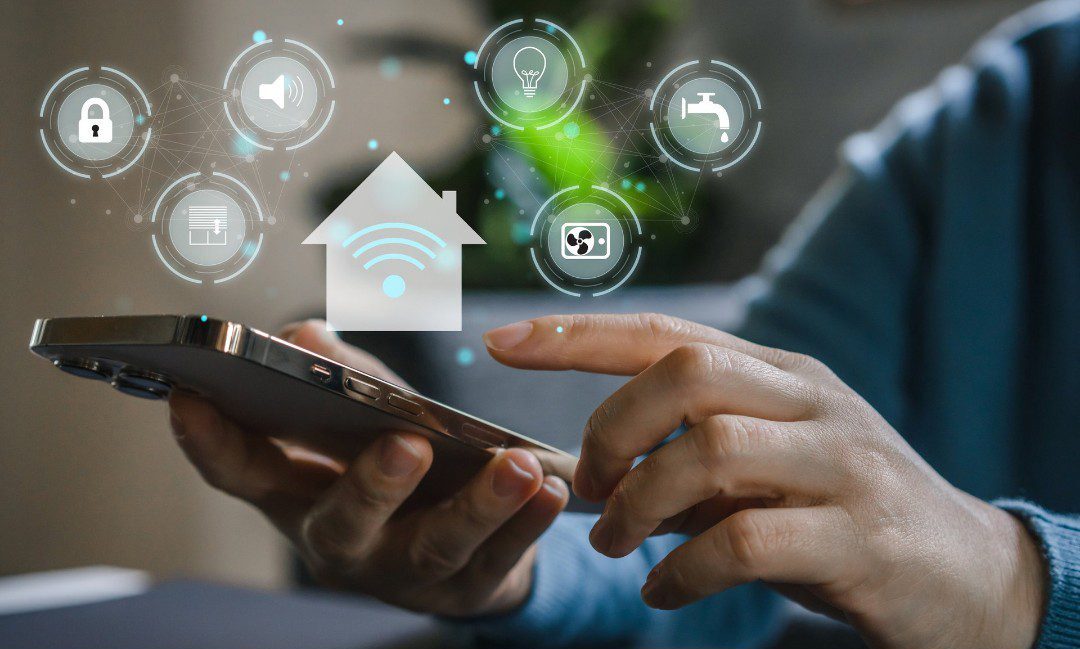In today's digitally driven environment, the interaction between smart devices and the ways they exchange data have become crucial for both homeowners and businesses. Understanding how smart devices share data is essential for anyone looking to leverage the full potential of smart technology. Whether you're using these devices for convenience at home or efficiency in the workplace, a deep dive into their data-sharing capabilities can enhance your experience and decision-making.
Smart devices, often referred to as IoT (Internet of Things) devices, are equipped with sensors and software that enable them to connect and exchange data with other devices and systems over the internet. This seamless data sharing is what makes them 'smart'.

The Mechanics of Data Sharing in Smart Devices
At the heart of this connectivity lies the underlying infrastructure that allows these devices to communicate. Typically, smart devices use a combination of Wi-Fi, Bluetooth, Zigbee, and even cellular networks to transmit data. Each of these technologies serves specific purposes and offers unique advantages in terms of range, power consumption, and data speed.
Wi-Fi and Bluetooth: The Backbone of Connectivity
Wi-Fi is perhaps the most common medium through which smart devices share data. It offers the advantage of high-speed data transfer, making it ideal for devices that require significant bandwidth, such as smart TVs and security cameras. In contrast, Bluetooth is used for devices that need to conserve power, such as smartwatches and fitness trackers. Its low-energy variant, Bluetooth LE, is particularly useful for devices that need to operate for long periods without recharging.
Zigbee and Cellular Networks: Specialized Solutions
Zigbee is a protocol designed specifically for smart home applications. Its mesh network topology allows devices to relay data through other Zigbee devices, extending range and reliability. This makes it perfect for environments with numerous devices, such as a smart home equipped with various sensors and controls. On the business side, cellular networks enable devices to maintain connectivity even when traditional internet connections fail, ensuring uninterrupted data flow.
Security Considerations in Smart Device Data Sharing
With the increasing number of connected devices, security has become a paramount concern. How do smart devices ensure that the data they share is secure? Encryption is the answer. By encrypting data, smart devices can protect sensitive information from unauthorized access. Additionally, robust authentication methods are employed to ensure only authorized users can access the device's functions.
To learn more about securing your smart devices, consider reading our article on Safe Use of Voice Assistants.
Applications of Smart Devices in Homes and Businesses
For homeowners, smart devices offer a plethora of conveniences, from remotely controlling lights and thermostats to monitoring home security systems through smartphones. Moreover, businesses can benefit from smart devices by automating routine tasks, optimizing energy usage, and enhancing communication and collaboration. For instance, smart conference rooms equipped with IoT devices can facilitate seamless virtual meetings and presentations.
For an overview of setting up a smart home ecosystem, you can refer to TechRadar's guide on smart homes.
The Role of Smart Devices in Energy Management
One of the lesser-known but increasingly important applications of smart devices is in energy management. Devices like smart thermostats and lighting systems can significantly reduce energy consumption by learning user habits and adjusting settings accordingly. Businesses can leverage these capabilities to not only cut costs but also contribute to sustainability efforts.
The Future of Smart Device Connectivity
As technology advances, the ability of smart devices to share data will continue to evolve. The emergence of 5G technology promises to enhance the speed and reliability of data transfer, opening up new possibilities for both homes and businesses. Moreover, the integration of artificial intelligence with IoT devices is set to revolutionize how these devices learn from and adapt to user behaviors.
For insights on future-proofing your smart home, explore our article on Smart Home Emergency Alerts.
Conclusion
Understanding how smart devices share data is crucial for leveraging their capabilities to the fullest. Whether enhancing home comfort or boosting business productivity, these devices offer a wealth of benefits that are only set to grow as technology advances. By staying informed about the latest developments in smart device connectivity, you can make informed decisions that enhance both your personal and professional life.
For additional resources on smart home integration, check out Vivint's smart home installation guide.

Frequently Asked Questions
Q: How do smart devices maintain data security?
A: Smart devices use encryption and robust authentication methods to secure data. This ensures that only authorized users can access sensitive information.
Q: Can smart devices work offline?
A: Some smart devices can function offline, but their capabilities may be limited without an internet connection. Features such as remote access typically require connectivity.
Q: What is the role of AI in smart devices?
A: AI enables smart devices to learn user preferences and behaviors, allowing them to provide more personalized and efficient service.

